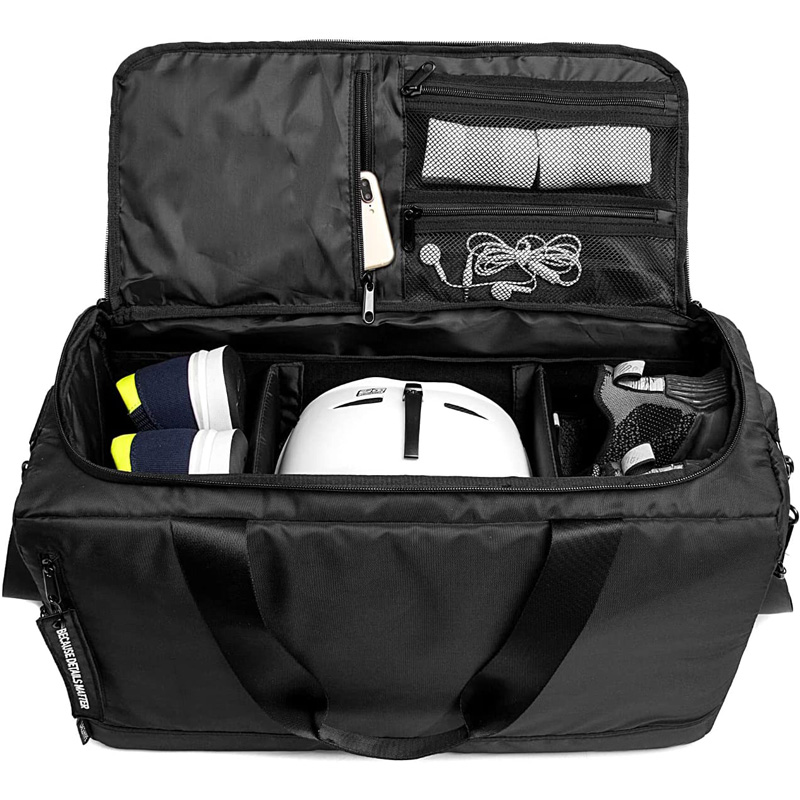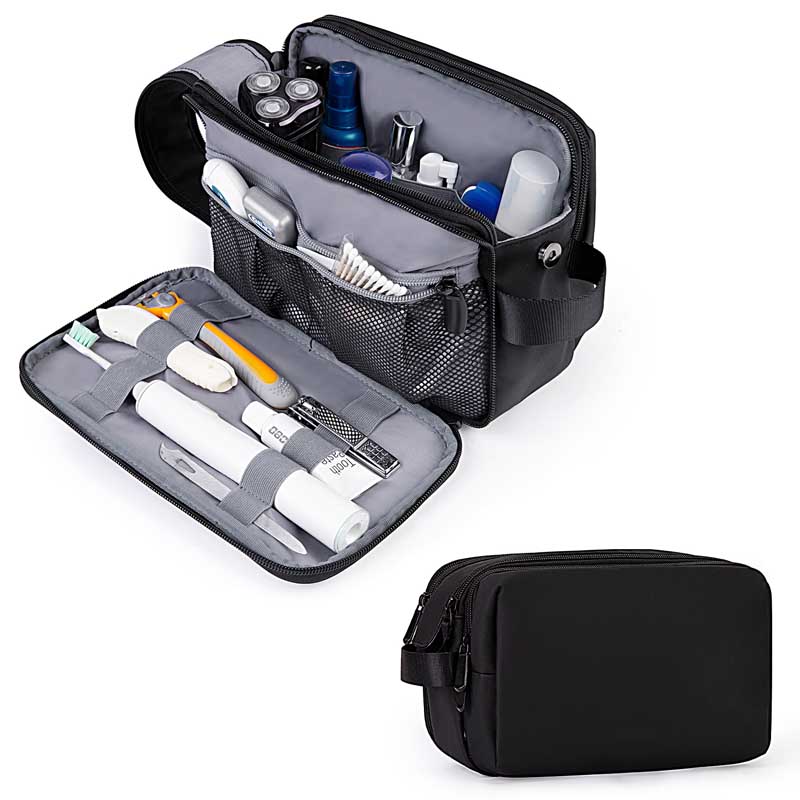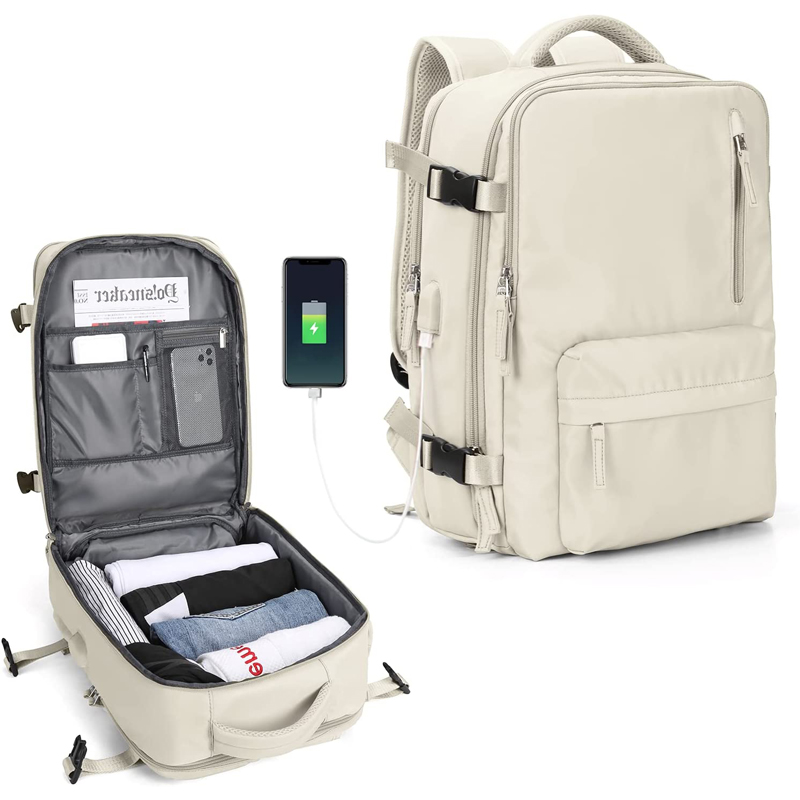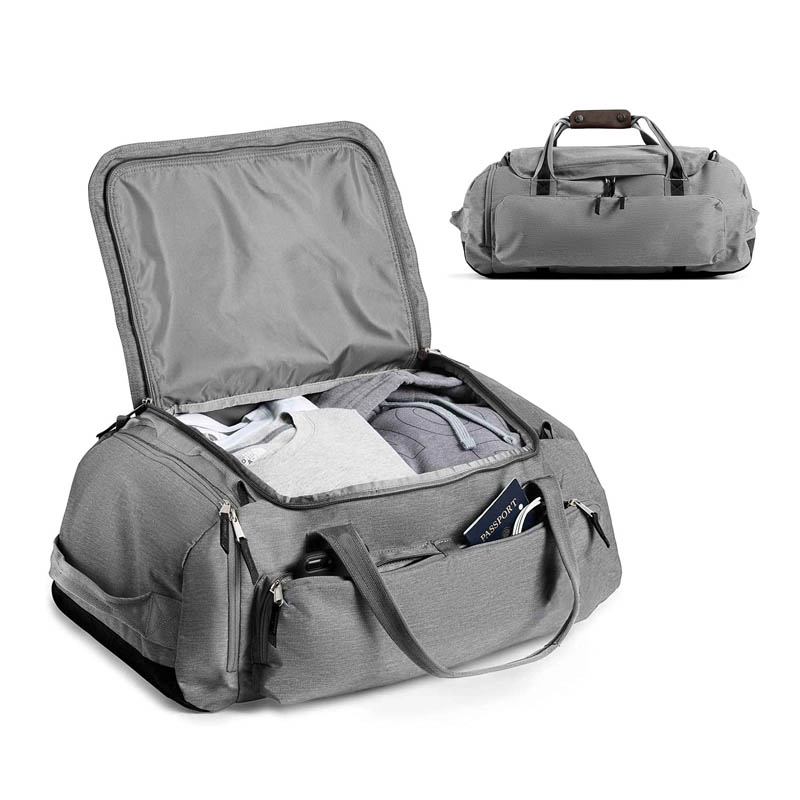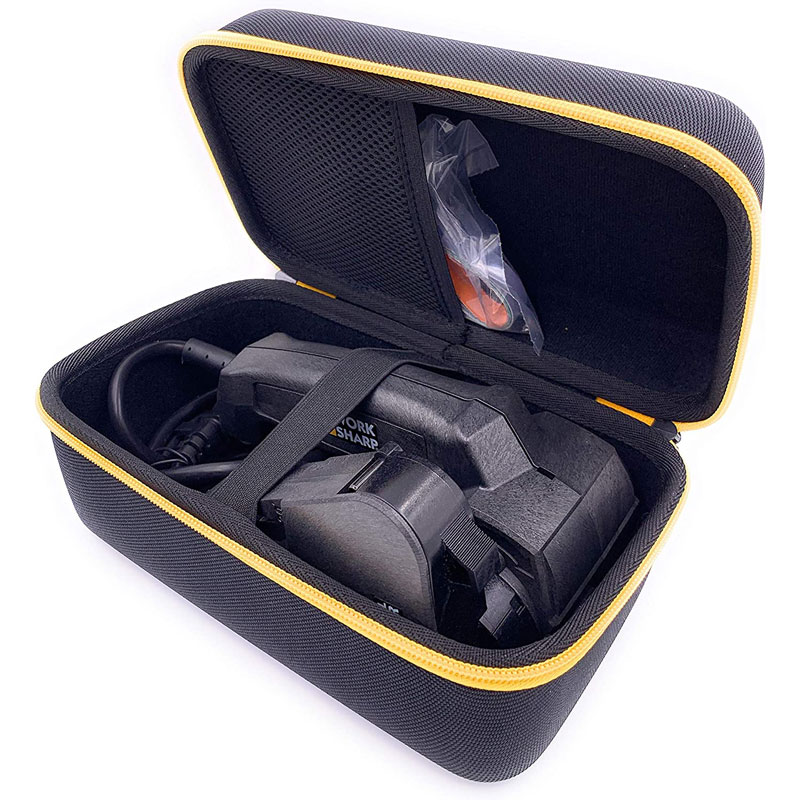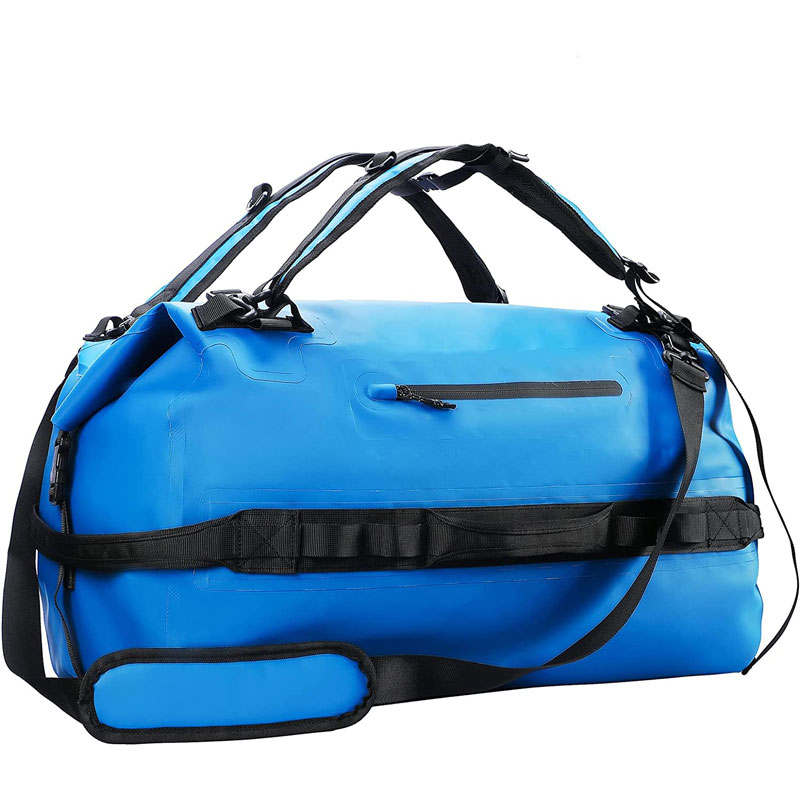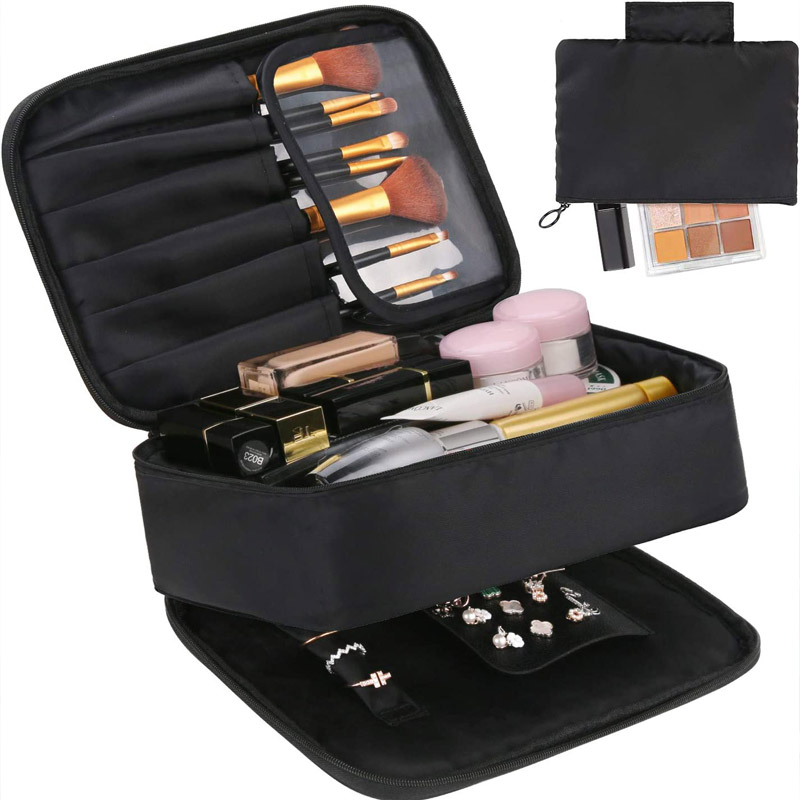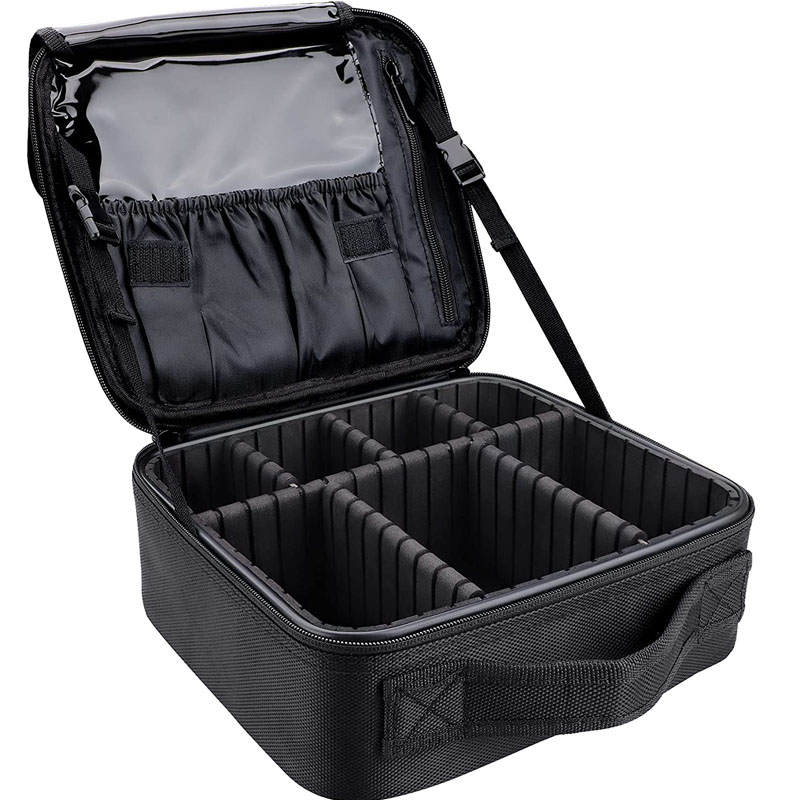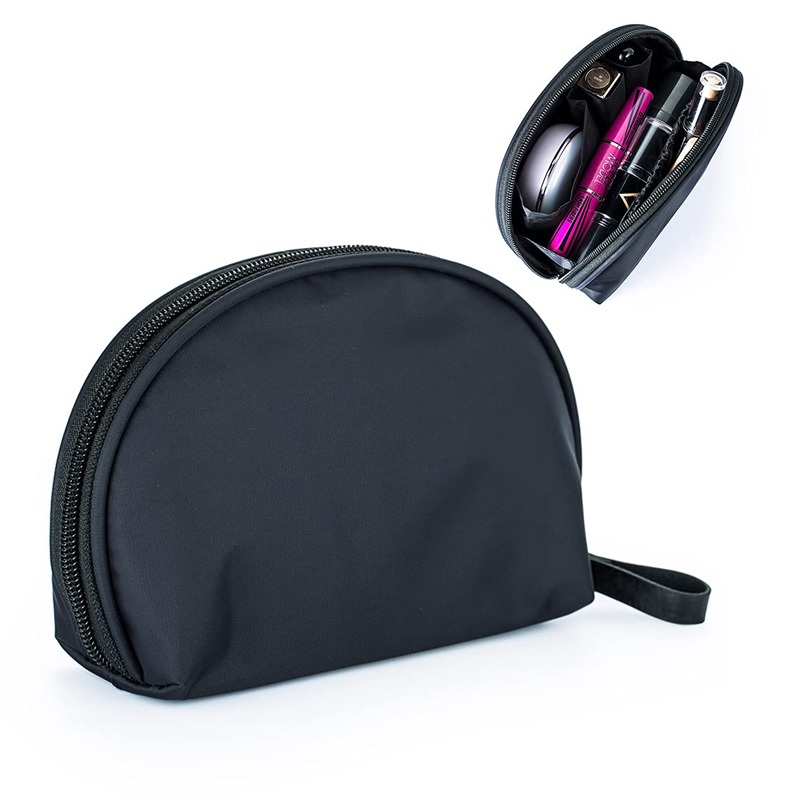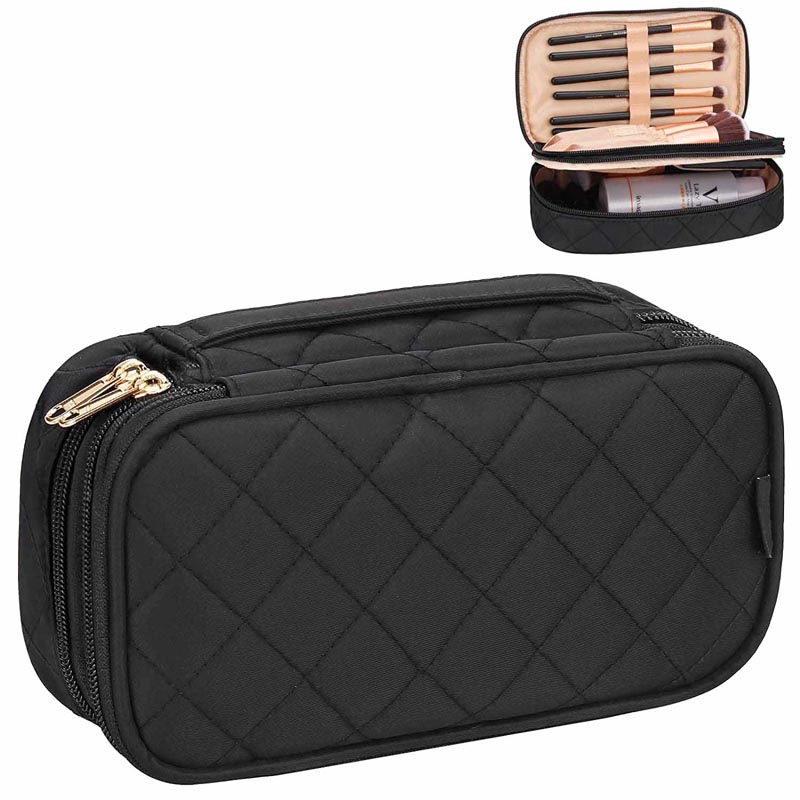1. Design and Research
The journey begins with design and market research. Designers gather requirements from hikers, cyclists, and outdoor adventurers, considering factors like capacity, weight distribution, and ergonomics. They create sketches and use CAD software to develop detailed designs, which are then reviewed and modified based on feedback.
2. Material Selection
Materials are crucial for the functionality and durability of hydration backpacks. Common choices include nylon, polyester, and TPU, valued for their durability, water - resistance, and flexibility. The material for the hydration bladder is often made from food - grade thermoplastic with traits like tastelessness and odorlessness. Additionally, manufacturers source high - quality zippers, buckles, and other accessories to ensure smooth operation and longevity.
3. Pattern Making and Cutting
Based on the finalized design, patterns for the backpack’s components are created using CAD software. These patterns are transferred to Automatic cutting equipment or manual cutting tools, such as scissors and knives, accurately cut fabrics, linings, mesh and other materials into corresponding shapes and sizes according to patterns. Accurate cutting is crucial for reducing material waste and ensuring perfect assembly of components.
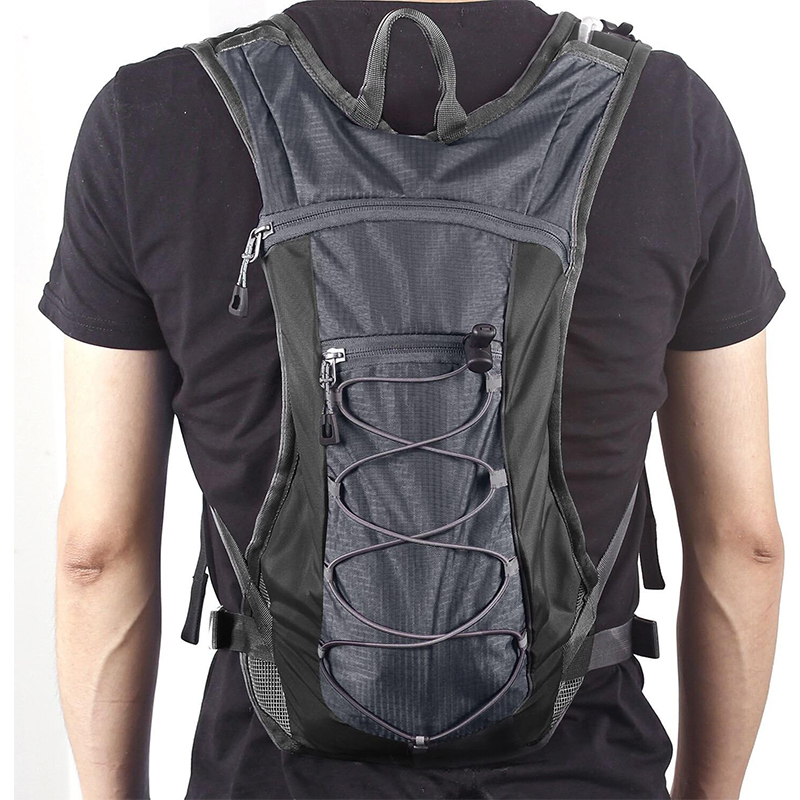
4. Printing and Embroidery
To add branding elements and decorative designs, printing and embroidery processes are carried out. Methods like screen printing and digital printing are used to apply logos, patterns, or information onto the backpack fabric. Embroidery machines create intricate designs, enhancing the backpack’s visual appeal and brand recognition.
5. Sewing and Assembly
This is a critical phase where skilled workers or automated sewing machines assemble the various components. The cut fabric pieces are sewn together, with attention to stitching techniques like flat - felling for straps to ensure strength and durability. The hydration bladder is inserted and connected to the drinking tube, with the tube carefully routed through designated channels. Pockets, straps, buckles, and other features are also attached with precision.
6. Installing the Hydration System
The hydration bladder is placed into a dedicated compartment within the backpack, and the drinking tube is secured along the designated routing path. Connections between the bladder and tube are meticulously checked for leaks and proper functioning. Some advanced hydration systems may include additional features like bite valves, shut - off valves, and insulation to enhance the user experience.
7. Quality Control
Once assembled, each hydration backpack undergoes rigorous quality control checks. Inspectors examine stitching quality, ensuring there are no loose threads or skipped stitches. They test the functionality of zippers, buckles, and the hydration system, checking for smooth operation and leaks. Dimensions, print quality, and overall appearance are also verified to meet design specifications and industry standards.
8. Packaging and Shipping
After passing quality control, the hydration backpacks are carefully packaged. They may be folded and placed into protective bags or boxes, with cushioning materials added to prevent damage during transit. Packaging often includes branding elements like labels and tags, along with care instructions and product information. The packaged backpacks are then stored in warehouses until they are shipped to retailers or directly to customers.
Hydration backpack manufacturers continuously strive to innovate and improve the manufacturing process to deliver products that meet the evolving needs of outdoor enthusiasts. From incorporating new materials to enhancing design features and ensuring top - notch quality, each step in the process plays a vital role in crafting reliable and high - performance hydration backpacks for a wide range of outdoor activities.
Harmony Bags has been engaged in bag manufacturing for 20 years. We are a professional company in producing various kinds of bags,such as cosmetic & toiletry bags, backpacks, travel bags, waterproof bags and waist bags. Our monthly production capacity is 500,000 bags. We can guarantee reliable quality, on-time delivery and good service.
